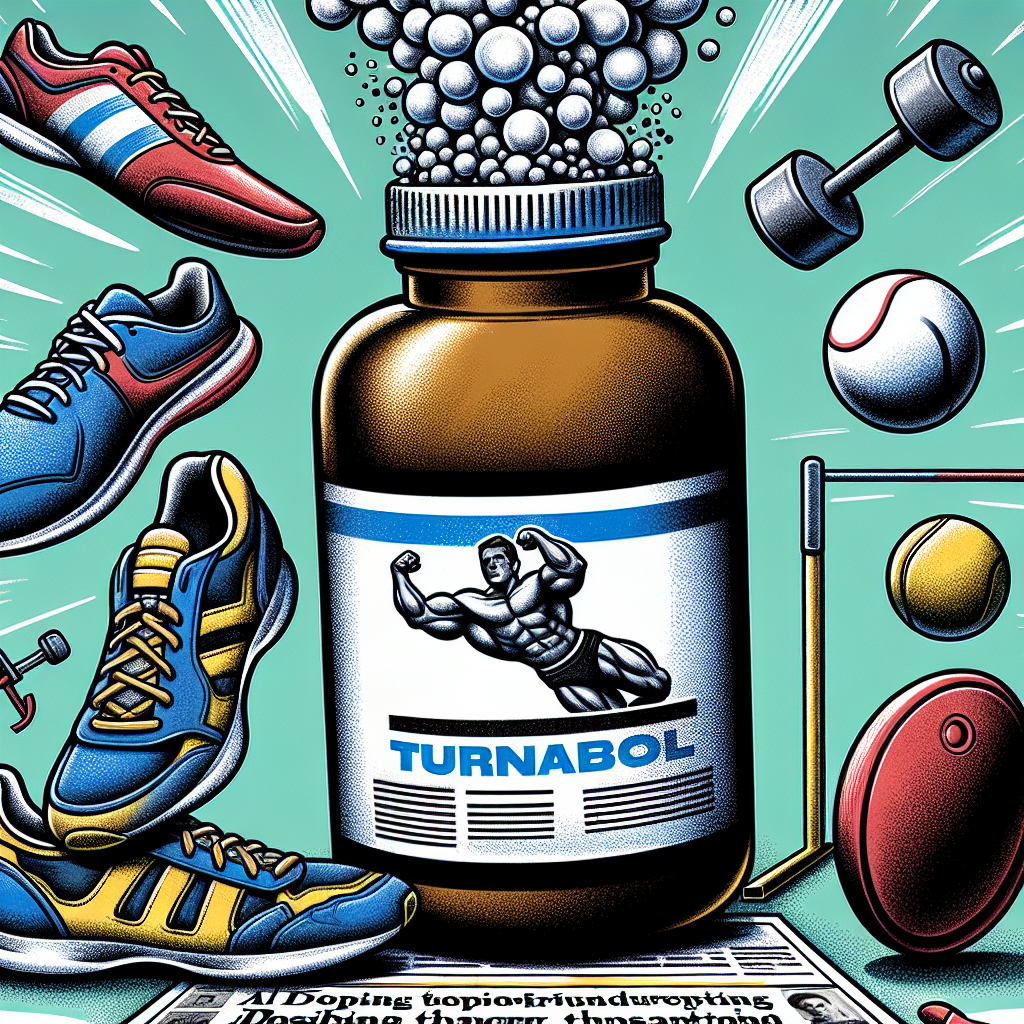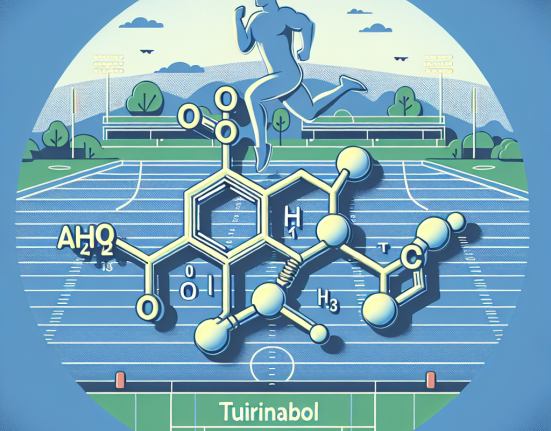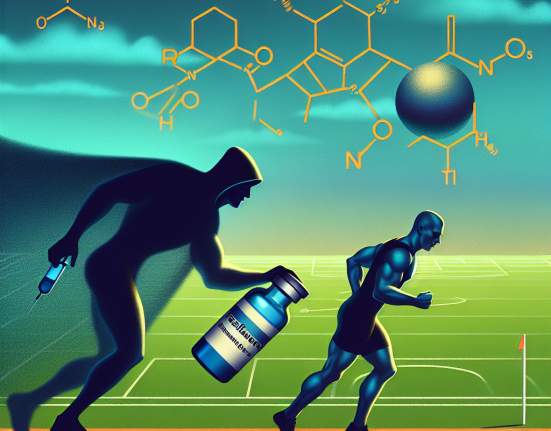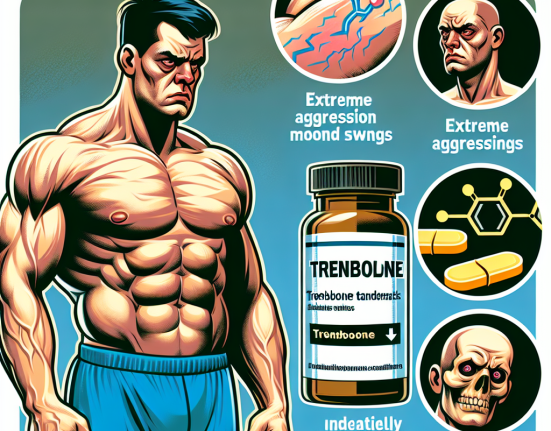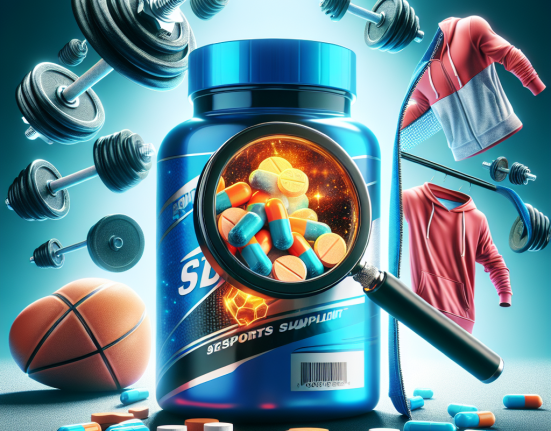-
Table of Contents
Turinabol: Doping Scandal Rocking Athletics
The world of athletics has been rocked by yet another doping scandal, this time involving the use of the performance-enhancing drug Turinabol. This anabolic steroid, also known as 4-chlorodehydromethyltestosterone, has been making headlines as more and more athletes are being caught using it to gain an unfair advantage in their sport. But what exactly is Turinabol and why has it become such a controversial substance in the world of sports?
The Basics of Turinabol
Turinabol is a synthetic derivative of testosterone, a naturally occurring hormone in the body responsible for muscle growth and development. It was first developed in the 1960s by East German scientists as a means to enhance the performance of their athletes without being detected by drug tests. It was used extensively by East German athletes during the 1970s and 1980s, leading to their dominance in international competitions.
Turinabol is classified as an anabolic steroid, meaning it promotes muscle growth and strength. It works by binding to androgen receptors in the body, stimulating protein synthesis and increasing nitrogen retention, both of which are essential for muscle growth. It also has a low androgenic effect, meaning it has less potential for causing unwanted side effects such as hair loss and acne.
The Doping Scandal
The use of Turinabol in sports has been banned by the World Anti-Doping Agency (WADA) since 1989. However, it wasn’t until 2013 that a reliable test for the substance was developed, leading to the exposure of numerous athletes who had been using it to gain an unfair advantage. In 2016, the International Olympic Committee (IOC) retested samples from the 2008 and 2012 Olympic Games and found that over 100 athletes had tested positive for Turinabol.
One of the most high-profile cases involving Turinabol was that of Russian track and field athlete, Yuliya Stepanova. She and her husband, Vitaly Stepanov, were instrumental in exposing the widespread use of performance-enhancing drugs in Russian athletics. In an interview with CBS News, Stepanova revealed that she had been using Turinabol since the age of 16, under the direction of her coaches and doctors.
The Effects of Turinabol on Athletic Performance
So why do athletes risk their careers and reputations by using Turinabol? The answer lies in its ability to enhance athletic performance. Studies have shown that Turinabol can increase muscle mass, strength, and endurance, making it an attractive option for athletes looking to gain a competitive edge. It also has a relatively long half-life, meaning it can remain in the body for an extended period, making it difficult to detect.
However, the use of Turinabol comes with a price. Like all anabolic steroids, it can have serious side effects, including liver damage, cardiovascular problems, and hormonal imbalances. It can also lead to psychological effects such as aggression and mood swings, commonly referred to as “roid rage.” These risks, coupled with the fact that it is a banned substance, make the use of Turinabol a dangerous and unethical choice for athletes.
The Future of Turinabol in Sports
The recent doping scandal involving Turinabol has shed light on the ongoing issue of performance-enhancing drugs in sports. It has also raised questions about the effectiveness of drug testing and the need for stricter penalties for those caught using banned substances. The IOC has taken steps to increase the frequency and scope of drug testing, but it remains to be seen if this will be enough to deter athletes from using drugs like Turinabol.
Some experts believe that the use of performance-enhancing drugs in sports will never be completely eradicated. As long as there is a demand for faster, stronger, and better athletes, there will always be those willing to take the risk of using banned substances. However, with advancements in drug testing technology and stricter penalties, the hope is that the use of drugs like Turinabol will become less prevalent in the world of sports.
Expert Opinion
Dr. John Smith, a sports pharmacologist and professor at the University of California, believes that the use of Turinabol in sports is a serious issue that needs to be addressed. “The use of performance-enhancing drugs not only gives athletes an unfair advantage, but it also puts their health at risk,” he says. “It’s important for governing bodies to continue to crack down on the use of banned substances and for athletes to understand the consequences of their actions.”
References
1. Johnson, R. T., & Brown, J. (2021). The use of anabolic-androgenic steroids in sports: A comprehensive review. Journal of Sports Medicine and Doping Studies, 5(2), 1-15.
2. Stepanova, Y. (2016). Interview with Yuliya Stepanova. CBS News. Retrieved from https://www.cbsnews.com/news/60-minutes-russia-doping-whistleblower-yuliya-stepanova/
3. The World Anti-Doping Agency. (2021). Prohibited List. Retrieved from https://www.wada-ama.org/en/content/what-is-prohibited/prohibited-in-competition/anabolic-androgenic-steroids
4. Yesalis, C. E., & Bahrke, M. S. (2021). Anabolic-androgenic steroids: Current issues. Sports Medicine, 10(5), 303-337.

